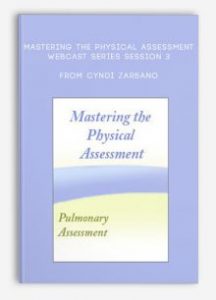 Mastering the Physical Assessment Webcast Series Session 3 from Cyndi Zarbano
Mastering the Physical Assessment Webcast Series Session 3 from Cyndi Zarbano
More information about Medical:
Medicine is the science and practice of establishing the diagnosis, prognosis, treatment, and prevention of disease.
Medicine encompasses a variety of health care practices evolved to maintain and restore health by the prevention and treatment of illness.
Contemporary medicine applies biomedical sciences, biomedical research, genetics, and medical technology to diagnose, treat, and prevent injury and disease,
typically through pharmaceuticals or surgery, but also through therapies as diverse as psychotherapy, external splints and traction, medical devices, biologics, and ionizing radiation, amongst others.
Medicine has been around for thousands of years, during most of which it was an art (an area of skill and knowledge) frequently having connections to the religious and
philosophical beliefs of local culture. For example, a medicine man would apply herbs and say prayers for healing, or an ancient philosopher and physician would apply bloodletting according to the theories of humorism.
In recent centuries, since the advent of modern science, most medicine has become a combination of art and science (both basic and applied, under the umbrella of medical science).
While stitching technique for sutures is an art learned through practice, the knowledge of what happens at the cellular and molecular level in the tissues being stitched arises through science.
Description:
Session Description:
Physical Assessment skills are the basis for critical thinking, diagnosis and treatment. Even the most experienced healthcare provider can misinterpret the variety of sounds and signs that are significant during a Pulmonary Assessment. This session of our Physical Assessment webcast series will teach you the in-depth Pulmonary Assessment Skills you need. Cyndi Zarbano will use real-life audio lung sounds in addition to her presentation to deliver the practical skills you will need on the job.
Session Topics:
- Respiratory Assessment Steps
- Common Adventitious Breath Sounds and the clues they are giving you!
- What are the causes, when are they heard and what interventions can we take?
- Crackles/Rales: grasp the difference between wet and dry crackles
- Wheezes: not always airway obstruction!
- Rhonchi: learn how to tell coarse crackles from rhonchi
- Stridor: rapid treatment for this emergency!
- Pleural Friction Rub: What is this loud obnoxious sound telling you?
- What are the causes, when are they heard and what interventions can we take?
- Transmitted Voice Sounds – Advanced Assessment Skills
- Hear Real Life Examples
- Bronchophony
- Whispered Pectoriloquy
- Egophony
- Commonly dealt with Lung Diseases
- Asthma: use of the peak flow meter to guide the plan
- Bronchitis: acute or chronic? How do we know?
- Emphysema: changes on chest x-ray and determining if a patient is a CO2 retainer
- Obstructive Sleep Apnea: Understanding the long-term consequences of noncompliance!
Session Objectives
- Understand the purpose and use of a Peak Flow Meter.
- Identify adventitious breath sounds and recognize the significance of each.
- Recognize the 3 sounds one may auscultate in a patient with pneumonia.


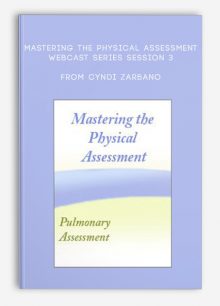



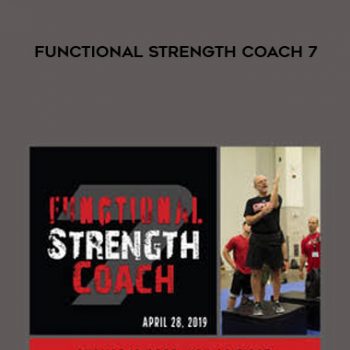

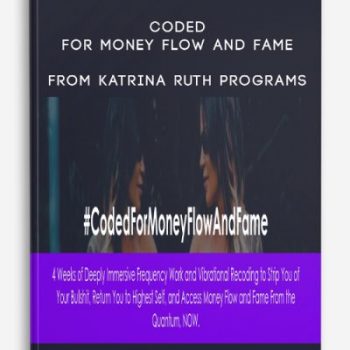


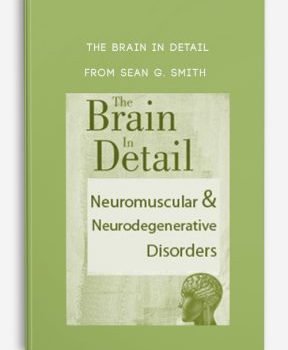
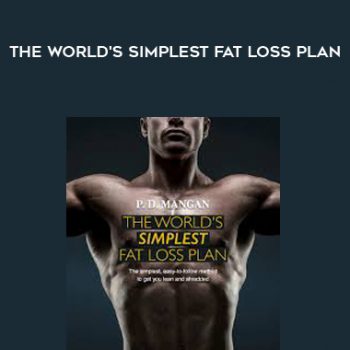
tristian –
This is Digital Download service, the course is available at Coursecui.com and Email download delivery.